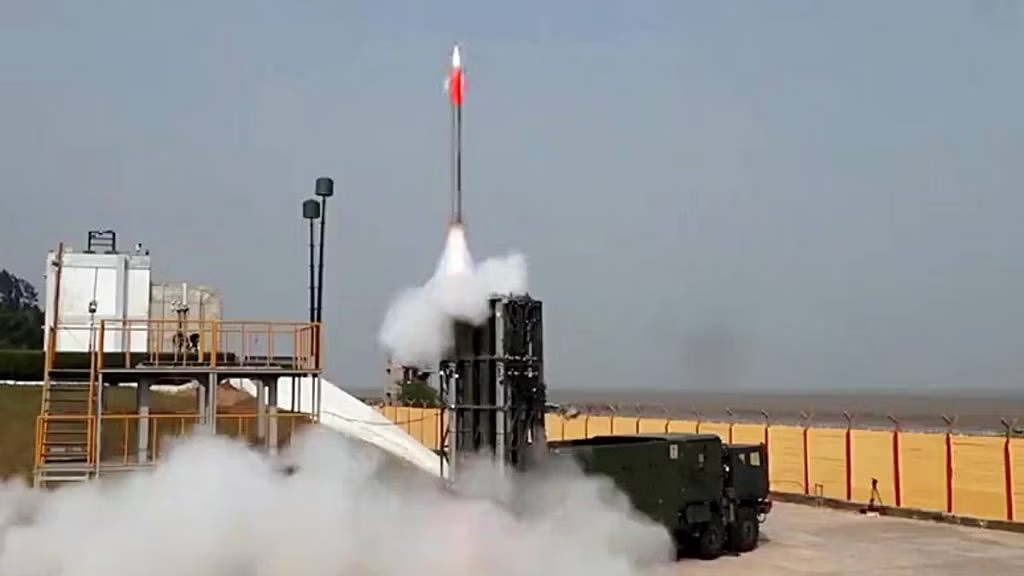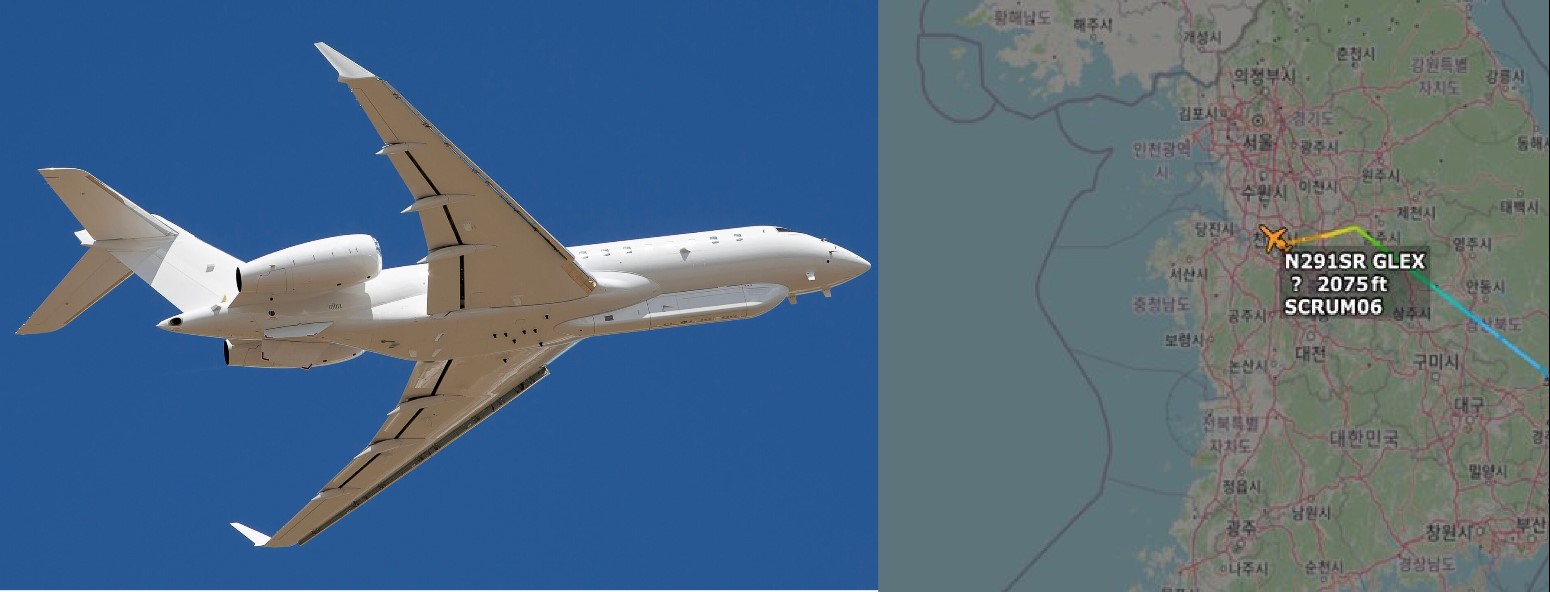India’s Missile System: Intercepting Mach 7 Chinese Anti-Ship Ballistic Missiles

India is making significant strides in missile defense technology with the development of a new long-range surface-to-air missile for the Indian Navy. This advanced missile, part of the Long Range Surface-to-Air Missile (LRSAM) system, is designed to enhance India’s ability to intercept Anti-Ship Ballistic Missiles (ASBMs) traveling at speeds of up to Mach 7, providing a robust defense against an array of aerial threats.
The new missile boasts a range exceeding 250 km, placing it in a league similar to the Russian S-400 system, which is known for its extensive air defense capabilities. This missile is expected to be a naval variant of the missile being developed under Project Kusha. Project Kusha aims to develop a family of long-range air defense missiles with ranges of 150 km, 250-300 km, and 400 km, enhancing India’s defensive measures against both tactical and strategic threats.
In tandem with this development, DRDO is also working on a comprehensive ballistic missile defense shield to protect India from long-range nuclear missiles. The LRSAM system is particularly focused on defending against tactical and short-range ballistic missiles, especially during their terminal phase when they pose the greatest threat.
Rising Threat of Anti-Ship Ballistic Missiles
Anti-Ship Ballistic Missiles are a recent innovation in missile technology, repurposed from land-based roles to target naval vessels with high precision and destructive power. These missiles follow a ballistic trajectory and can deliver substantial kinetic energy to their targets. China has been at the forefront of developing these missiles, deploying various types including the short-range CM-401, medium-range DF-21D, and the YJ-21. The DF-21D, in particular, is renowned as a "carrier killer" due to its capability to strike aircraft carriers from great distances.
Other nations, including Iran and non-state actors like the Houthis, have also acquired or claimed to possess similar missiles. This proliferation has heightened concerns about global maritime security, as these weapons are capable of targeting commercial and military vessels alike.
Indian Navy’s Strategic Response
In response to the escalating threat from ASBMs, the Indian Navy is actively enhancing its defensive capabilities. Last year, the DRDO and the Indian Navy successfully tested a Naval Ballistic Missile Defence (BMD) system designed to intercept nuclear missiles both in space and within the Earth’s atmosphere. This successful test underscored India’s capability to safeguard its naval assets against long-range missile threats.
The new long-range surface-to-air missile will add a vital layer to India’s defense arsenal, akin to the American SM-6 missile. With dual capabilities, it will not only intercept aircraft at considerable distances but also engage ballistic missiles during their terminal phases. This will provide a comprehensive, multi-layered defense system, crucial for protecting the Indian Navy’s fleet in contested waters.
The ongoing development and integration of these advanced missile systems highlight India’s commitment to securing its maritime interests and maintaining strategic superiority. As these technologies evolve, they will enhance the Indian Navy’s ability to operate effectively in hostile environments, ensuring robust protection against emerging missile threats.



